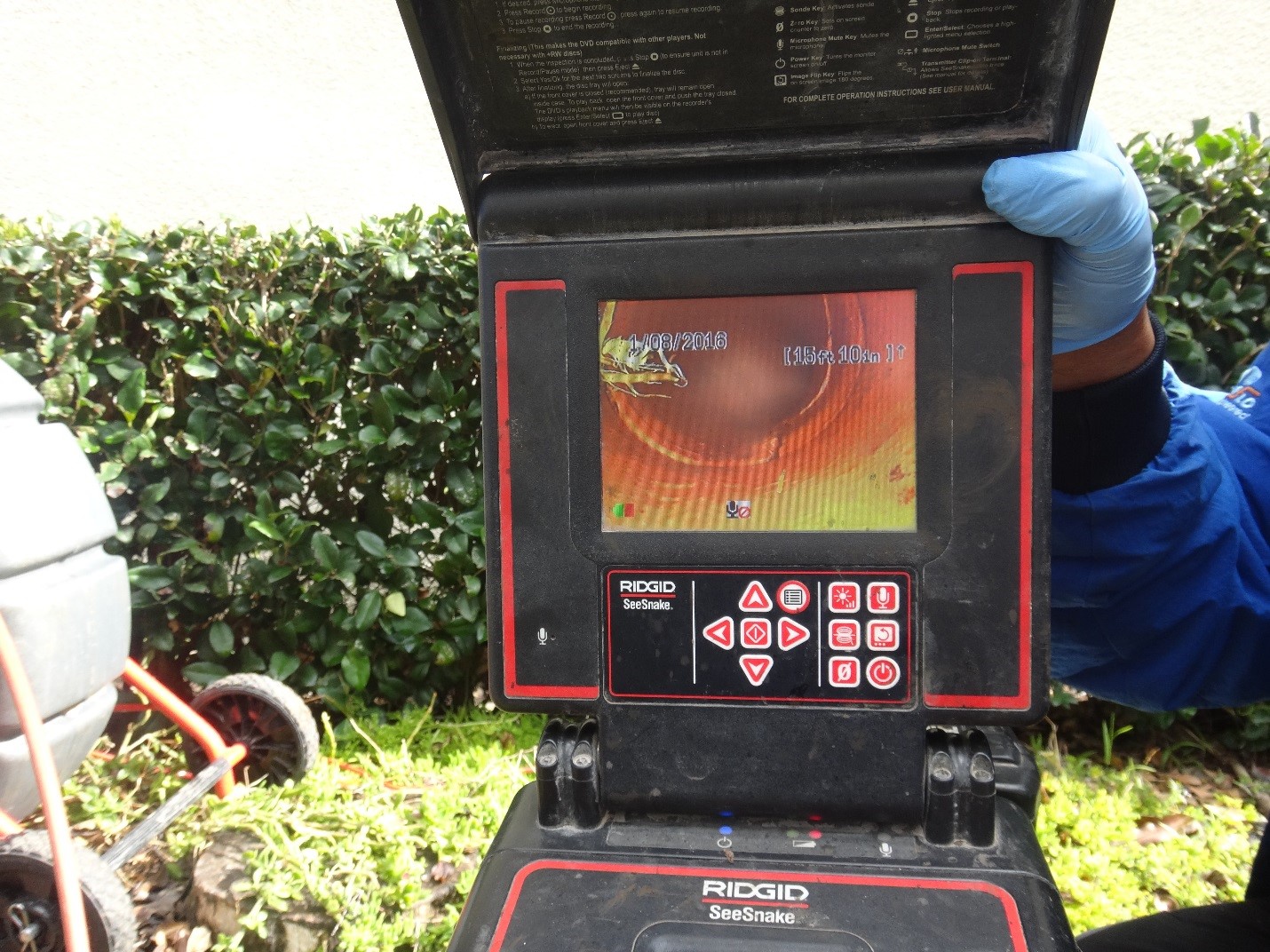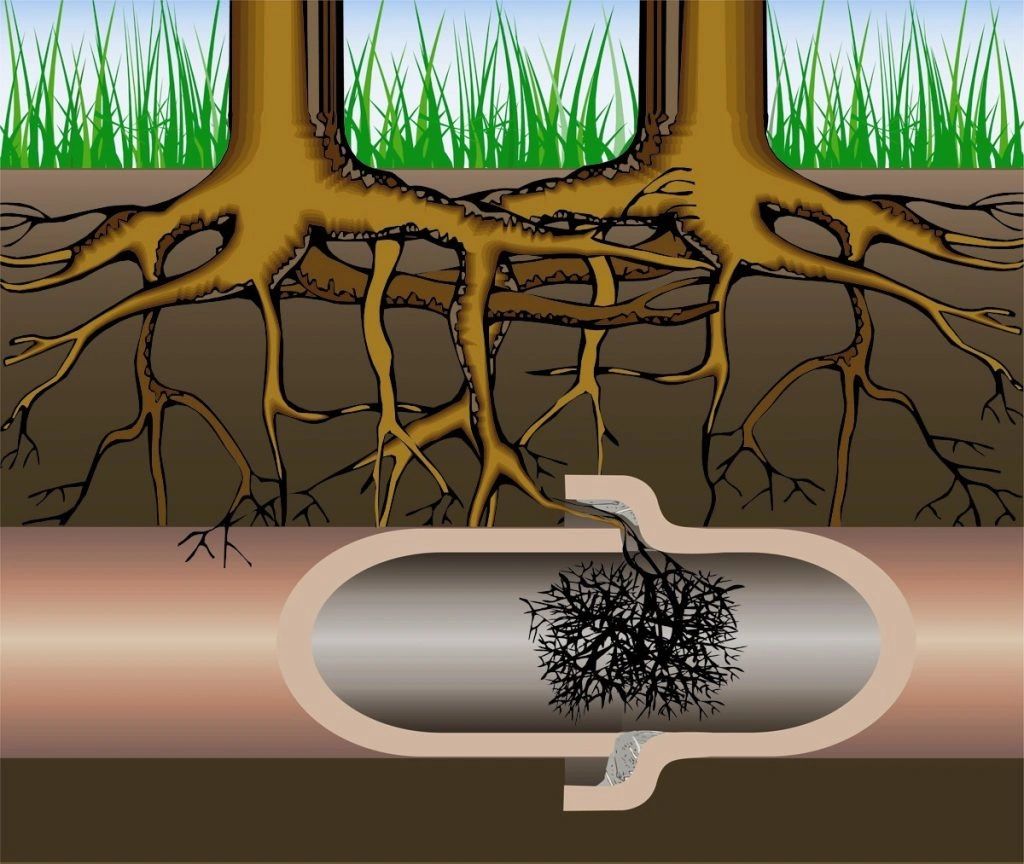Typical Sewer Line Troubles and Their Solutions: A Property owner's Manual

Tree Origin Intrusions
Tree root invasions are a usual and substantial concern influencing sewer lines. Sewer pipes, especially older ones made of clay or other permeable products, offer an appealing target.
Normal assessments making use of video clip electronic camera technology can identify origin visibility before it comes to be a serious problem. For a more permanent remedy, chemical root killers can be applied to prevent additional growth within the pipelines. In serious instances, pipeline relining or replacement may be necessary to recover the integrity of the sewer line.
Implementing preventative procedures, such as growing trees away from sewage system lines and making use of root obstacles, can lessen the danger of future intrusions, consequently securing the performance of your sewer system.
Pipe Corrosion
Rust in drain pipes is a prevalent issue that can significantly jeopardize the integrity and functionality of a drain system. Usually happening in metal pipelines, such as cast iron or galvanized steel, deterioration results from prolonged exposure to wetness, chemicals, and other harsh representatives located in wastewater. In time, this procedure compromises the pipeline wall surfaces, resulting in leaks, breaks, and eventually, pipe failure.
The main kinds of pipe rust consist of consistent rust, where the entire surface of the pipeline rusts evenly, and local deterioration, such as matching or gap rust, which influence details areas of the pipe. Identifying the very early indications of rust, such as stained water or unusual smells, is essential for timely intervention.
Using safety coverings, making use of corrosion-resistant materials like PVC or polyethylene, and mounting cathodic protection systems can significantly prolong the life-span of drain pipelines. Inevitably, aggressive management and timely repairs are necessary to minimize the destructive effects of pipe corrosion on sewer systems.
Obstructions and Blockages
Clogs and obstructions are among the most turbulent and usual concerns affecting drain lines. These blockages can emerge from a range of sources, including the build-up of particles such as hair, food, and grease bits, as well as the breach of tree origins seeking wetness. Gradually, these materials develop, tightening the pipeline and ultimately causing complete blockages that can create wastewater to support into homes.
Precautionary procedures are essential for minimizing the risk of clogs. Normal maintenance, such as periodic hydro-jetting and the usage of enzyme-based cleansers, can aid maintain pipelines clear of particles. House owners ought to additionally bear in mind what they throw away down their drains pipes; preventing grease, coffee premises, and coarse vegetables can dramatically lower the chance of blockages.
In more serious situations, video clip inspection equipment can be utilized to detect the issue and situate, guaranteeing that the ideal solution is applied effectively. Routine assessments and timely interventions can aid keep the integrity and capability of sewer lines.
Leaking Sewage System Lines
Beyond blockages and obstructions, leaking sewer lines present a considerable worry for home owners and municipalities alike. These leaks can result from numerous elements, including pipe corrosion, shifting dirt, intrusive tree origins, and damage with time. Left unaddressed, dripping sewer lines can cause comprehensive residential or commercial property damages, promote mold development, and present serious health go to these guys threats as a result of the contamination of groundwater and soil.

Repair approaches depend on the intensity of the leak and the condition a knockout post of the sewage system line. Small leakages might be solved with trenchless repair strategies, such as pipe cellular lining or pipe bursting, which are much less invasive and quicker to finish. In a lot more extreme situations, standard excavation and substitute of the impacted pipeline section might be needed. Consulting with a qualified plumbing guarantees an accurate medical diagnosis and suitable option to reduce the concern effectively.
Sewage System Line Bellies
When it involves drain line concerns, one particularly tough trouble is the formation of drain line bellies. A sewage system line stomach happens when an area of the pipeline droops or dips, creating a low spot where waste and debris can build up. This can cause slow water drainage, reoccuring clogs, and prospective damages to the pipe in time.
The reasons for drain line stomaches are varied. Poor setup methods, dirt disintegration, ground settling, or changes due to temperature modifications can all add to the formation of these droops - sewer line inspection ct. Identifying a sewer line stomach usually needs an expert inspection using a drain cam to determine the exact area and level of the trouble
Dealing with a sewer line stomach typically entails excavation to reach the afflicted pipeline area. As soon as accessed, the drooping section might need to be changed or repositioned to make certain proper slope and water drainage. In some cases, trenchless repair service methods, such as pipe lining or visit their website pipe bursting, can be employed to lessen disruption while solving the concern.
Preventative measures, including routine assessments and guaranteeing correct installation, can help reduce the danger of sewage system line stubborn bellies. Home owners need to continue to be watchful for signs of drainage problems and seek expert support at the very first indicator of difficulty.
Conclusion
To conclude, resolving typical sewage system line issues such as tree origin invasions, pipeline corrosion, clogs, leaking sewage system lines, and drain line stomaches is vital for maintaining a useful and effective system. Early detection through video clip inspections and the application of both irreversible and momentary solutions can alleviate these issues successfully. Regular upkeep practices, consisting of hydro-jetting and calculated tree positioning, more add to the avoidance of these problems, consequently guaranteeing the lasting honesty of sewer systems.
Corrosion in sewage system pipelines is a common problem that can drastically compromise the integrity and performance of a sewer system.When it comes to sewer line concerns, one specifically difficult issue is the development of drain line stubborn bellies. A drain line tummy happens when a section of the pipe droops or dips, creating a low spot where waste and debris can build up. Determining a drain line stubborn belly normally requires a professional examination utilizing a sewer video camera to pinpoint the specific area and extent of the issue.
